Healthcare Communication: Training, Theories, and Barriers Report
VerifiedAdded on 2021/06/14
|13
|867
|214
Report
AI Summary
This report provides a comprehensive overview of communication training in health and social care. It emphasizes the importance of effective communication for service providers, detailing training aspects such as active listening and patient-centered approaches. The report explores various communication theories, including psychodynamic, behaviorist, humanistic, and cognitive theories, with a focus on the humanistic approach, particularly the person-centered and transactional analysis methods. It also addresses language appropriateness for both service users and professionals, along with the importance of active listening, empathy, and respecting patient rights. Furthermore, the report identifies barriers to communication, such as nurse-related, patient-related, and environmental factors, and discusses strategies for dealing with inappropriate interpersonal communication, including attentiveness, empathy, and providing correct information. It also covers confidentiality, privacy, and protection using a five-point model, and strategies to support individuals with special communication needs. The report concludes with a list of references to support the information provided.
1 out of 13
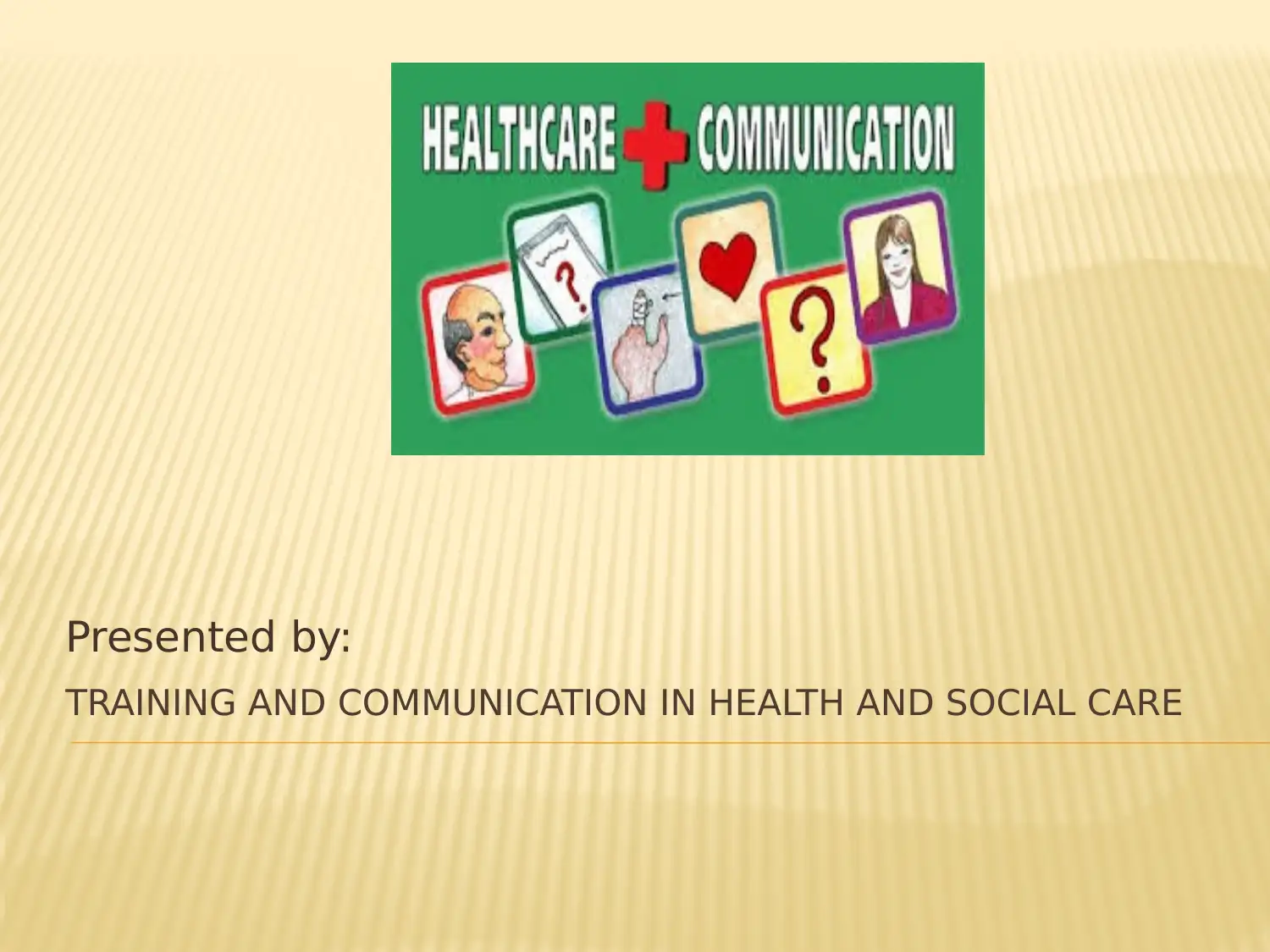
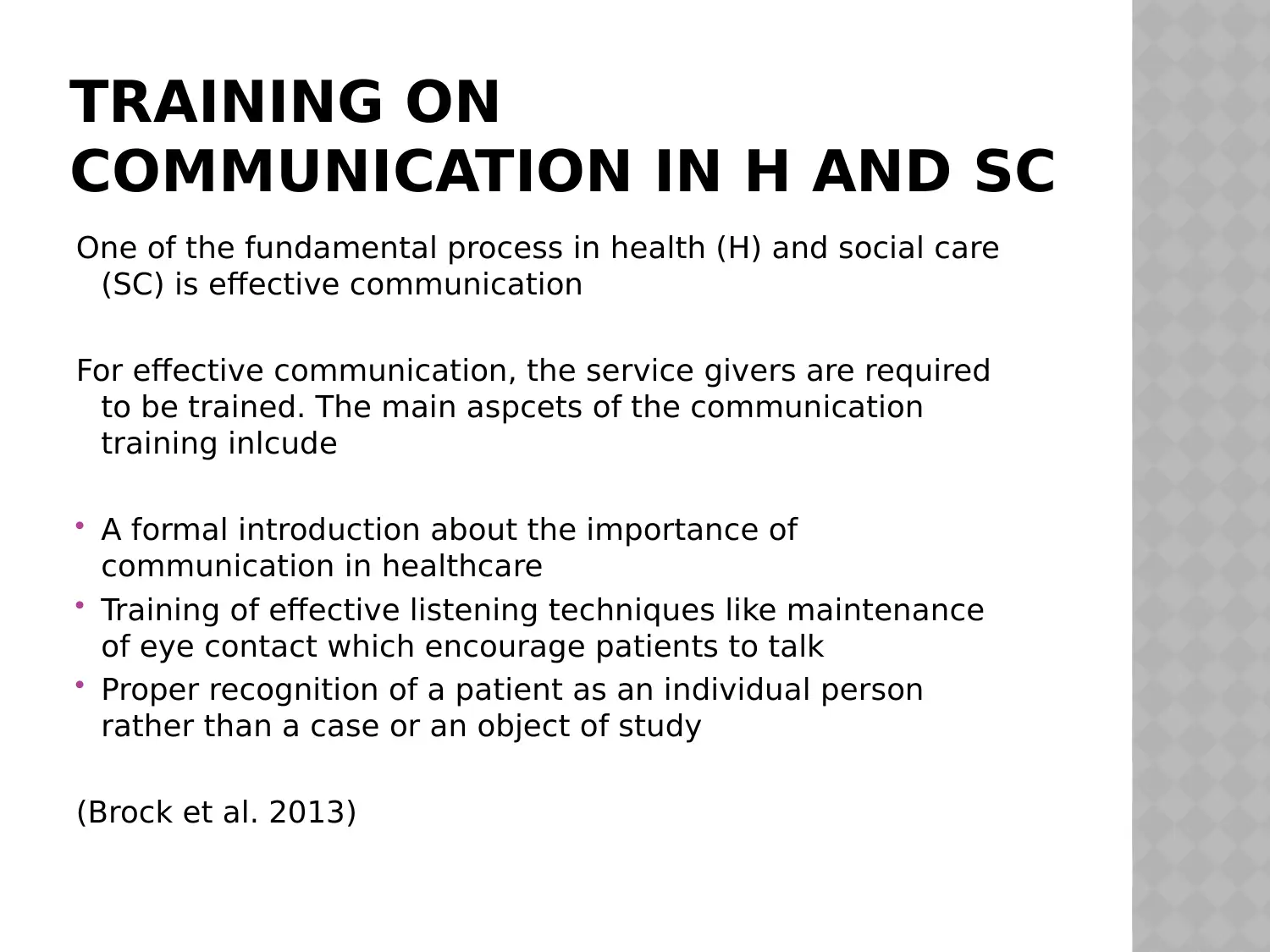
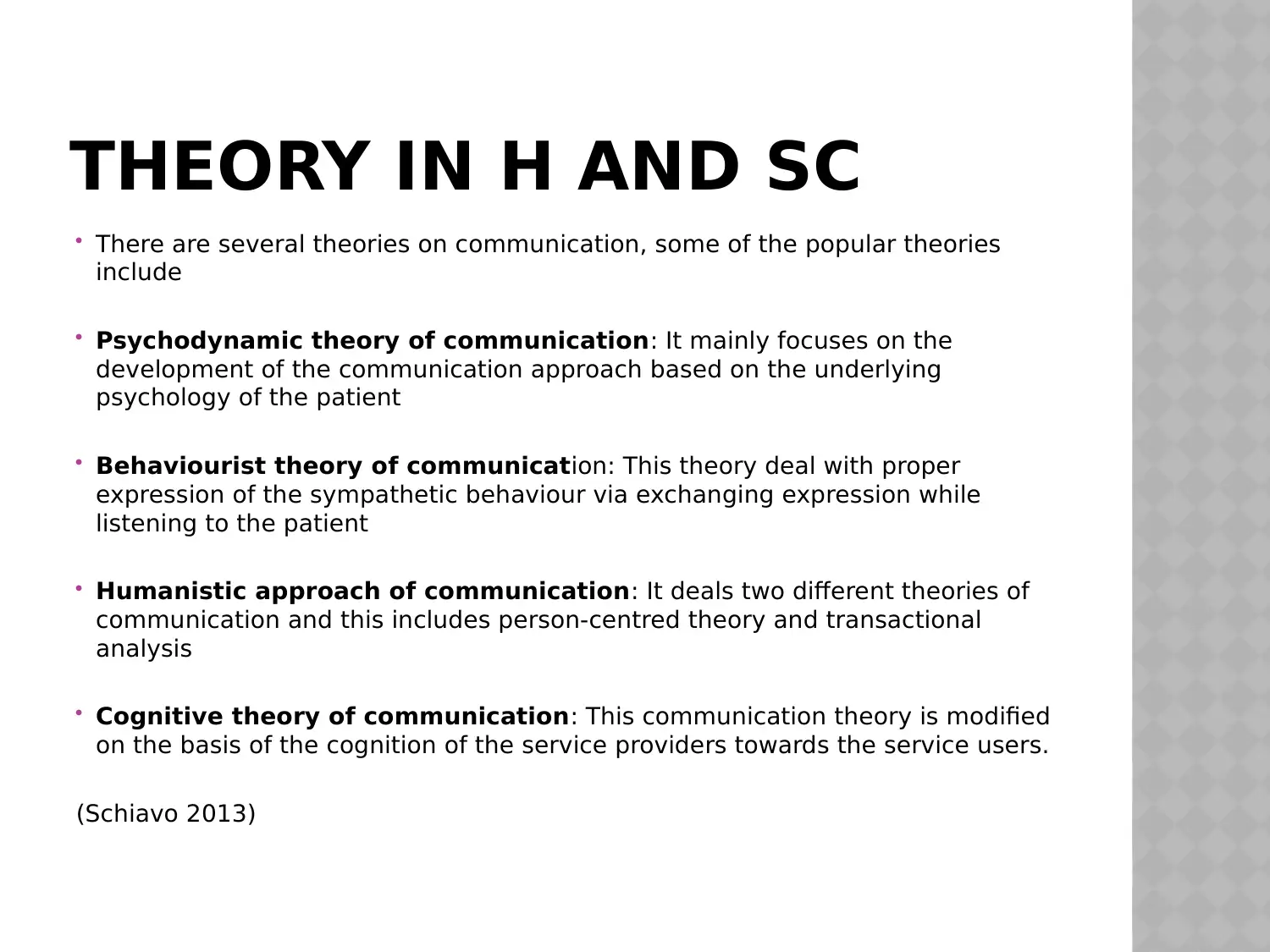

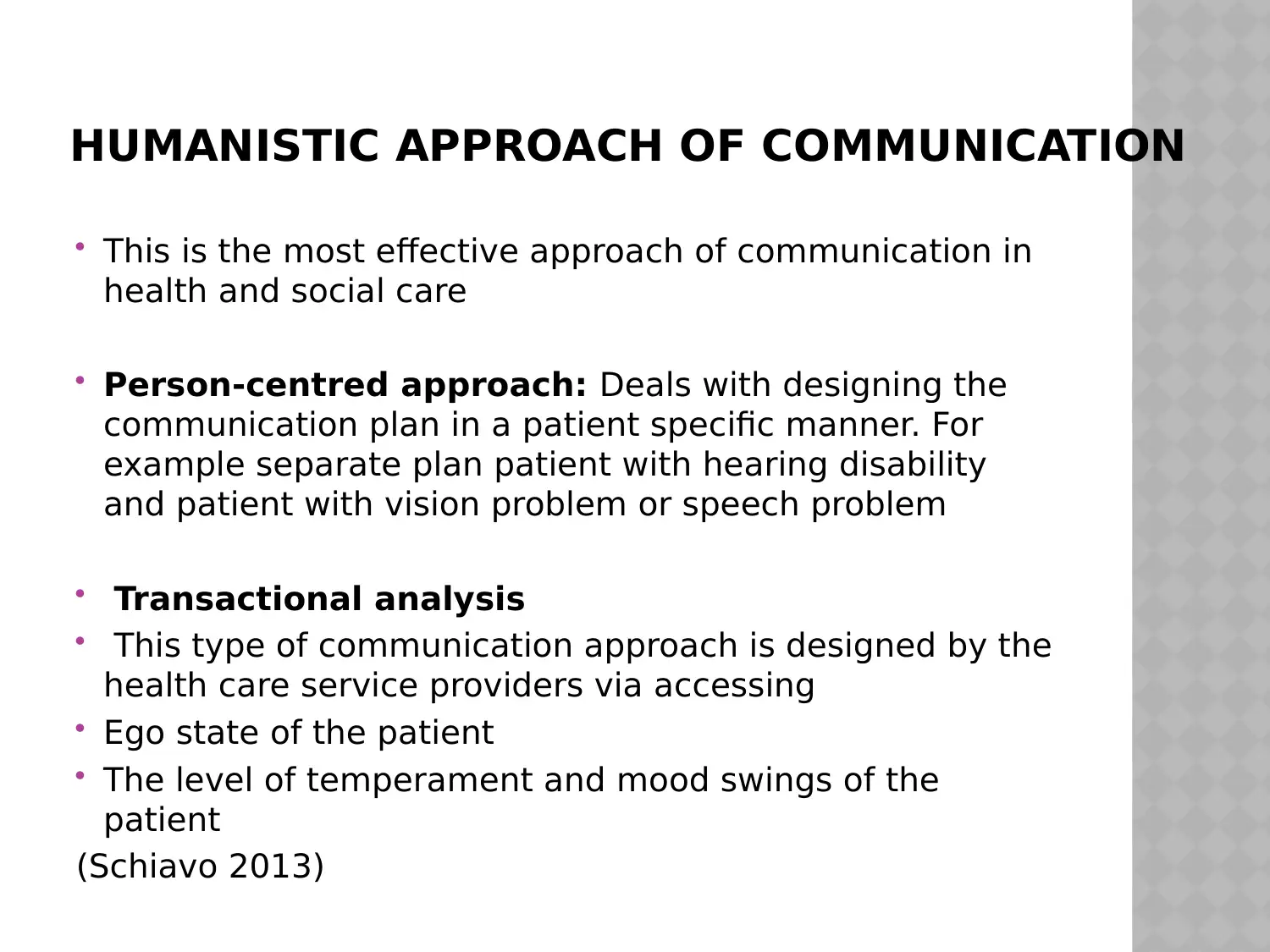
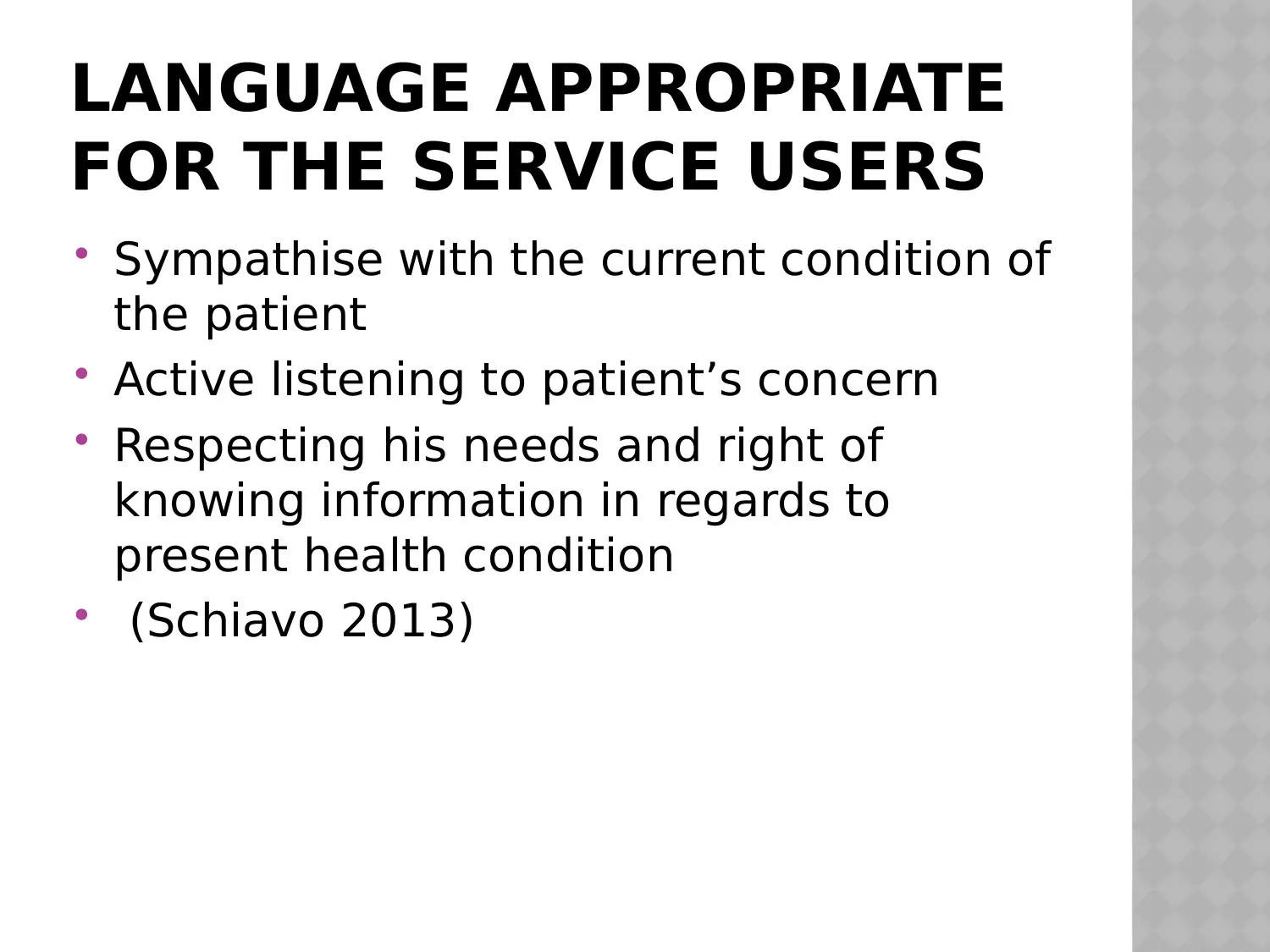
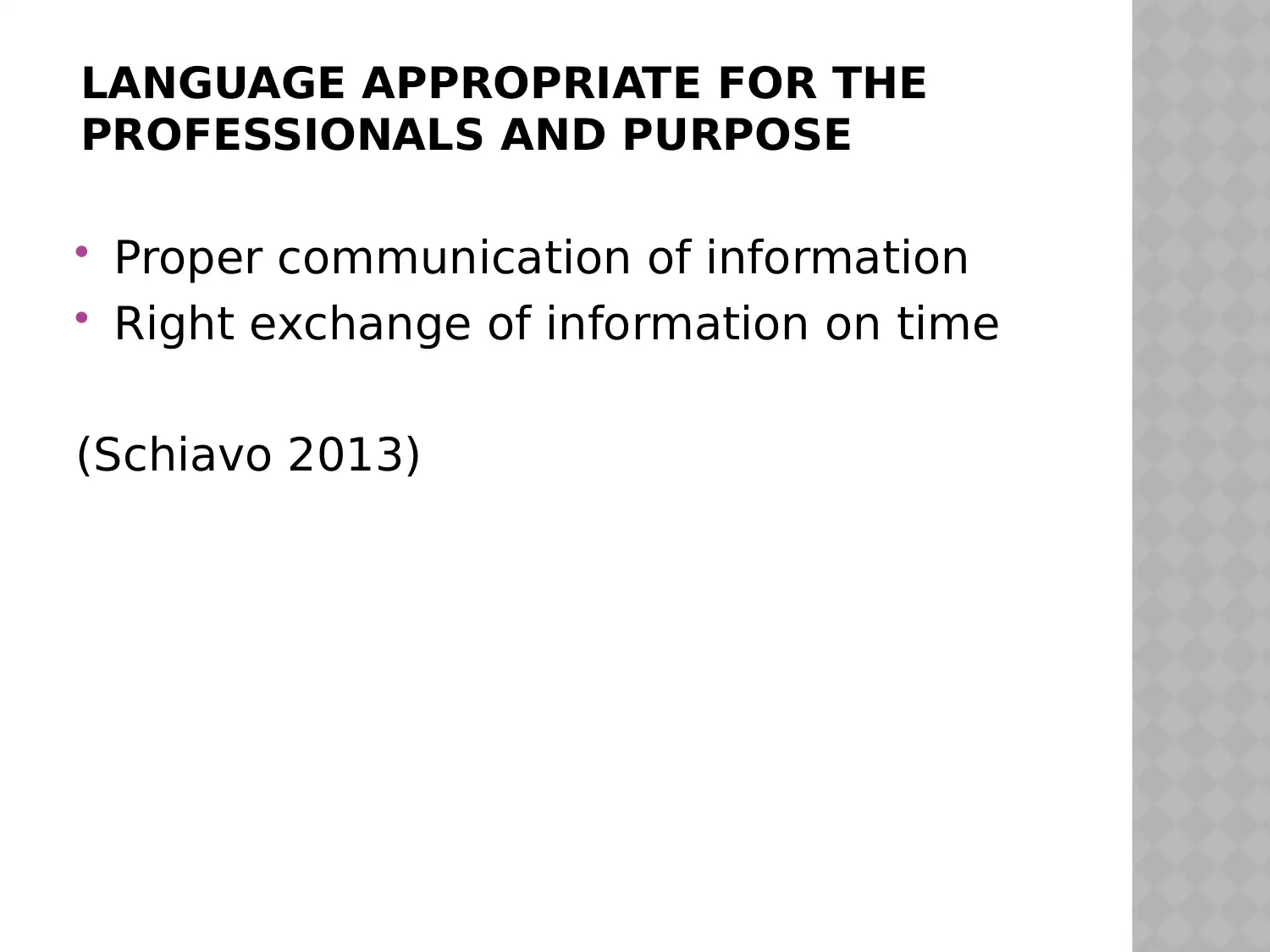
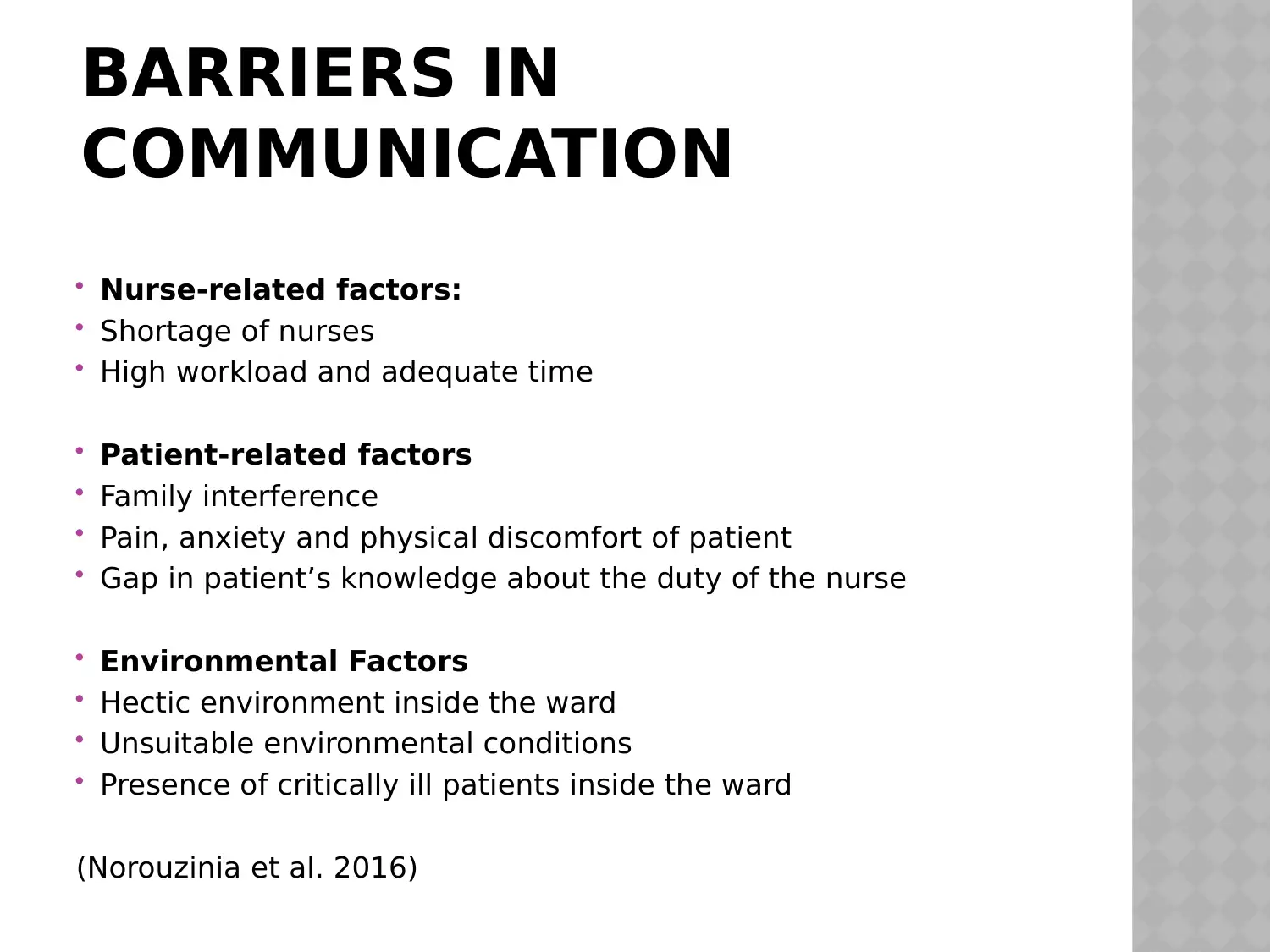
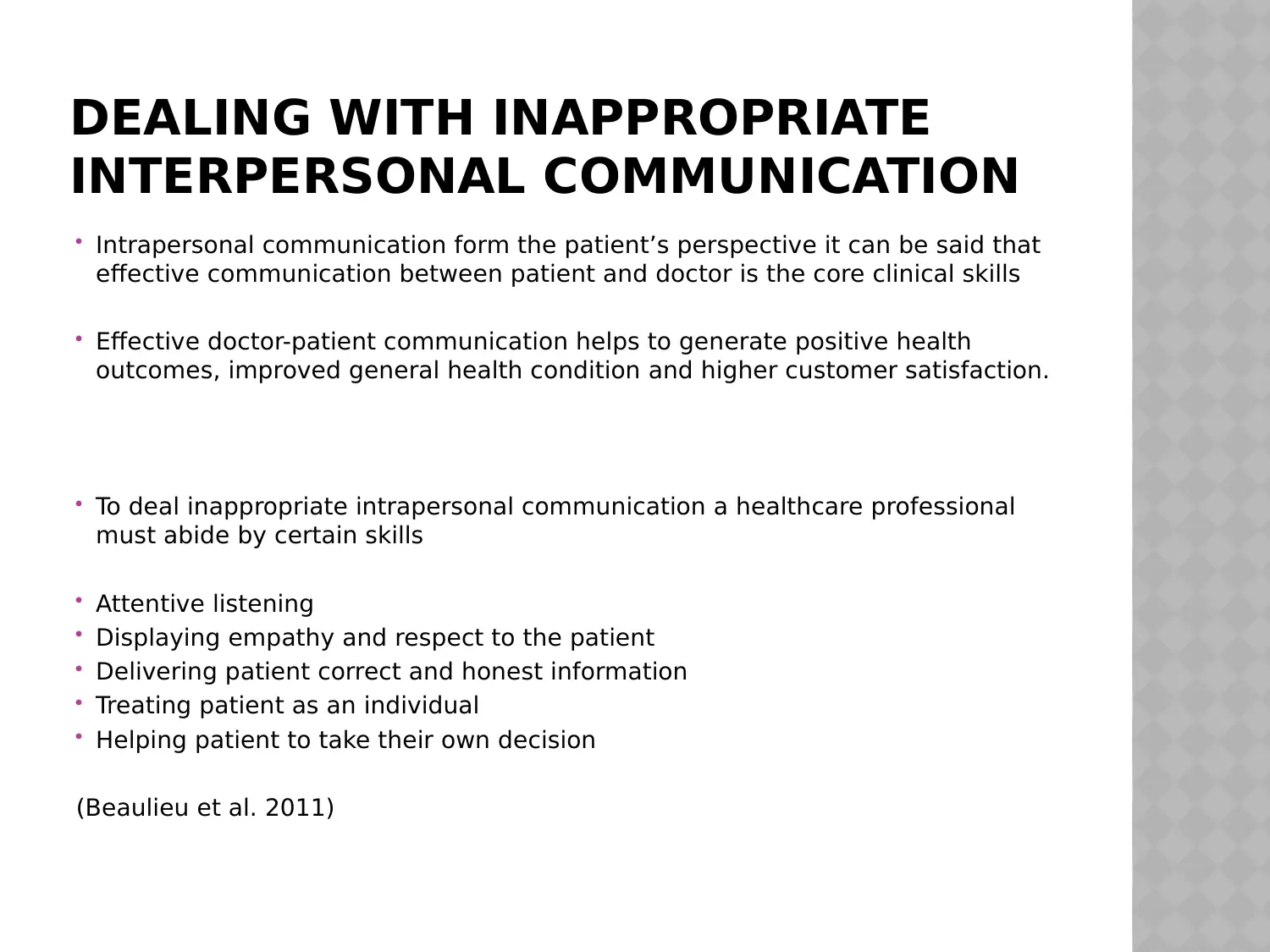
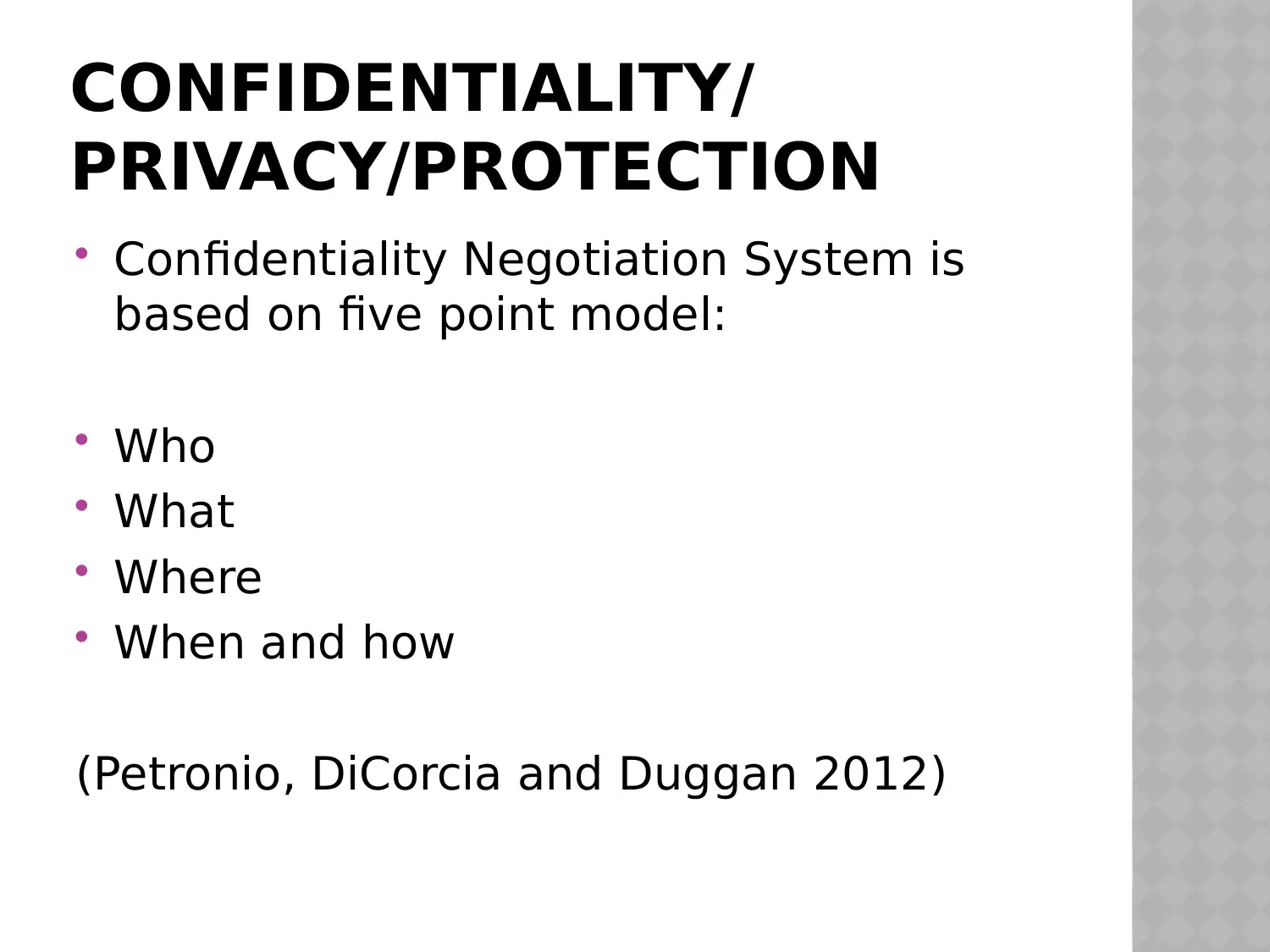
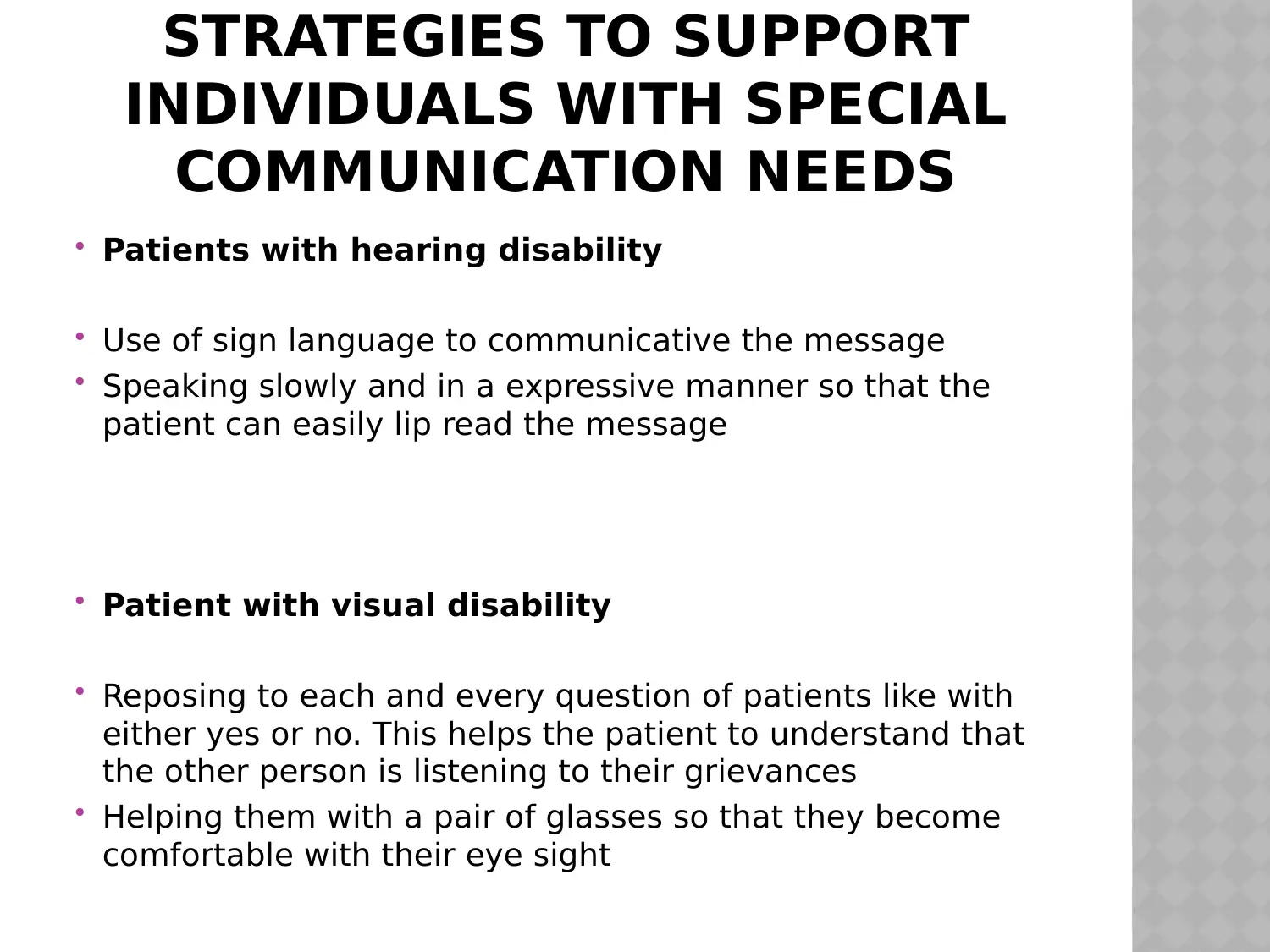
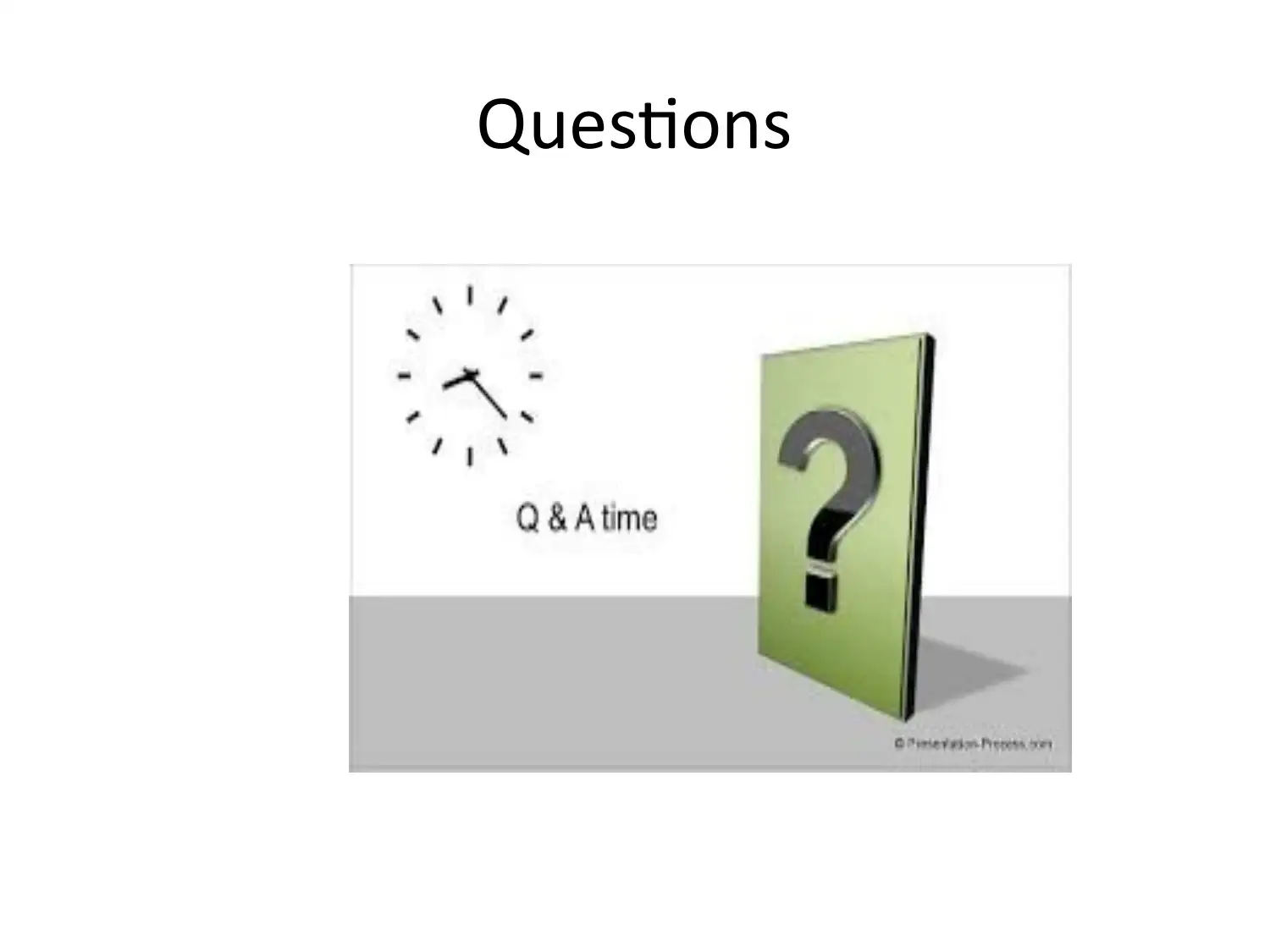
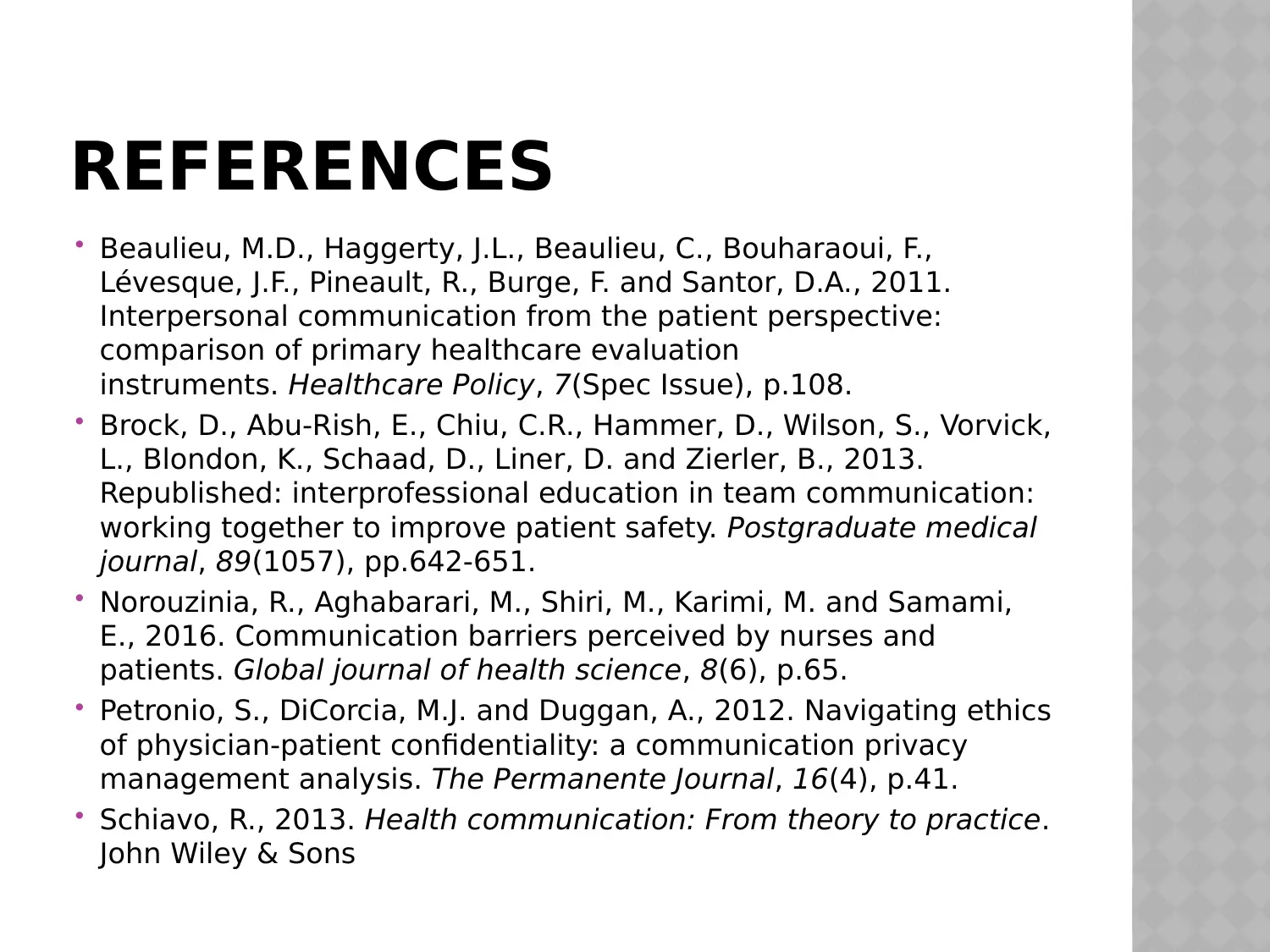





![[object Object]](/_next/static/media/star-bottom.7253800d.svg)